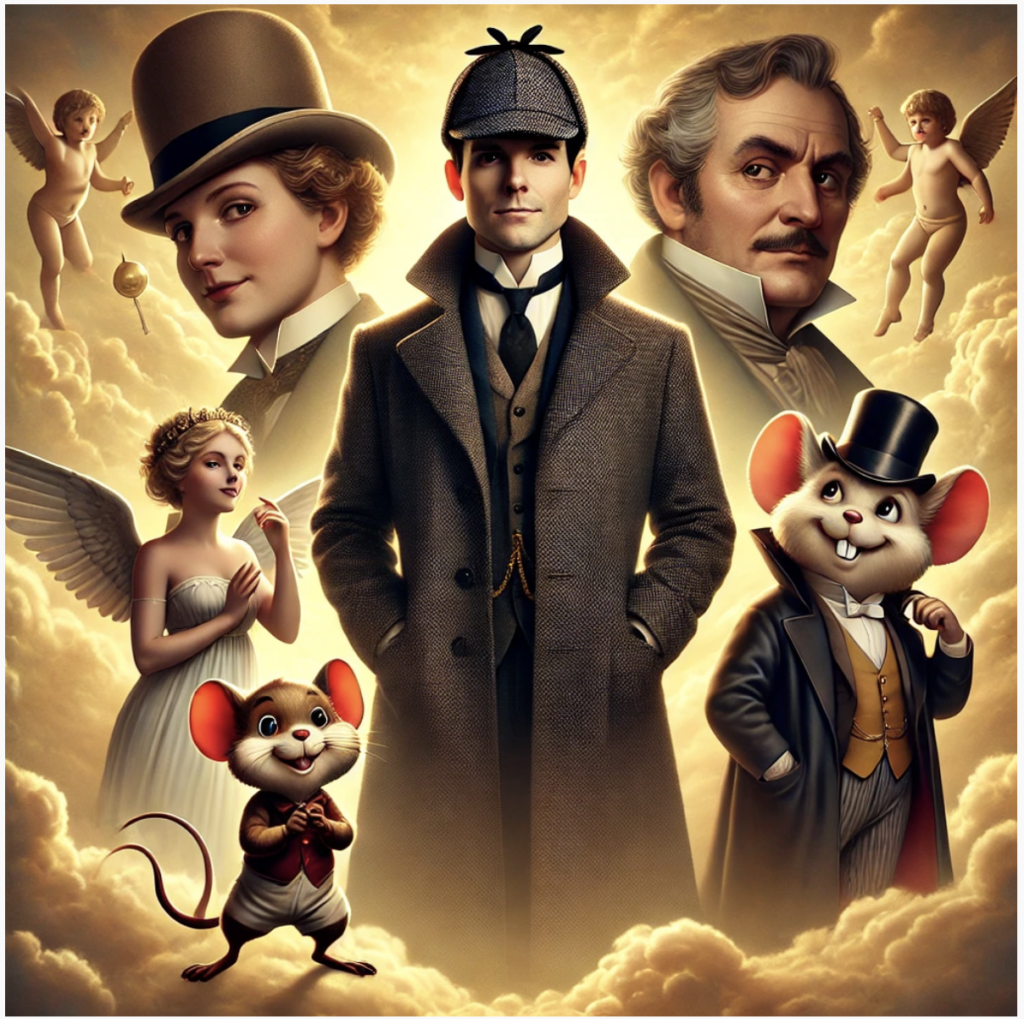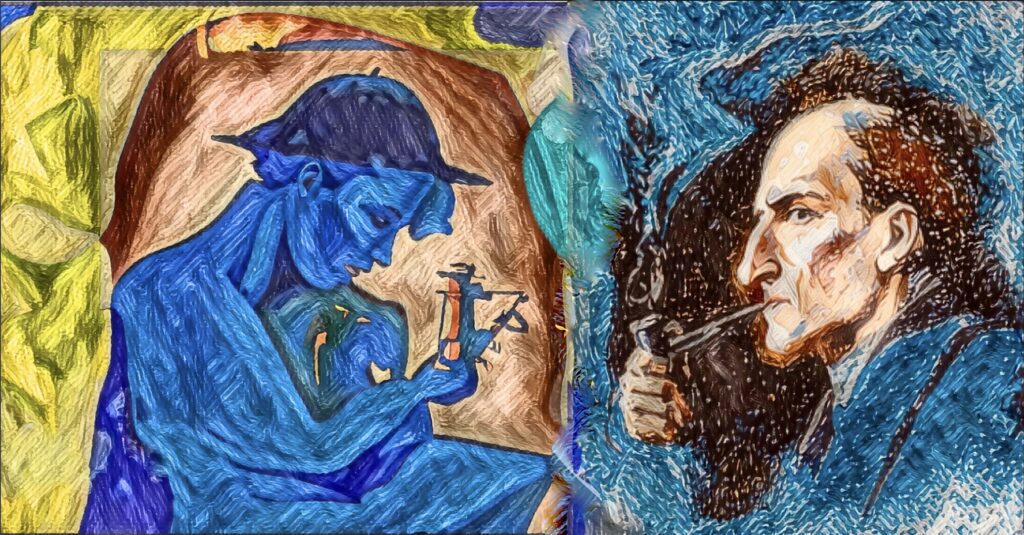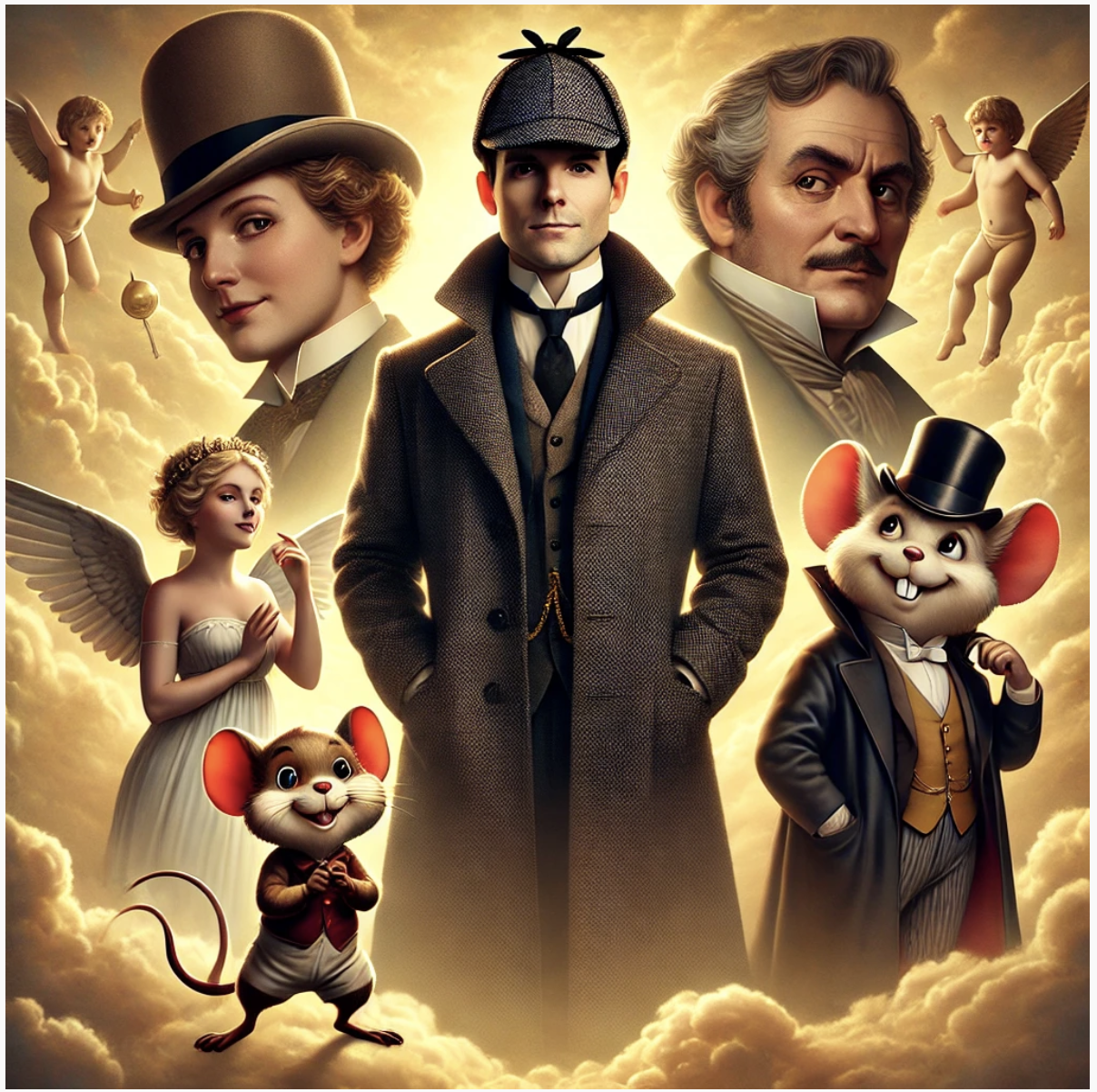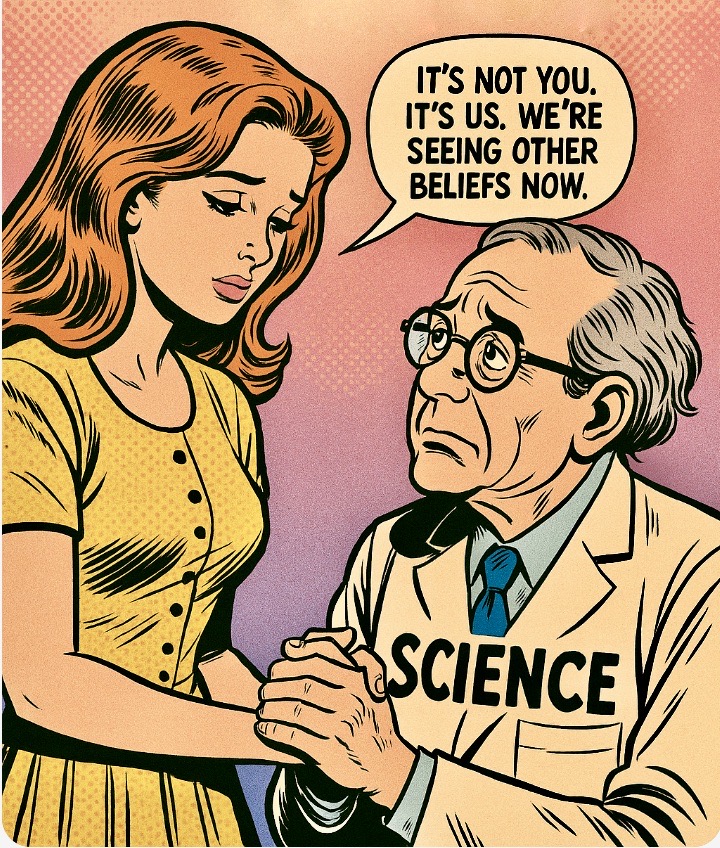
Who doesn’t know the old white guy with the deerstalker hat and magnifying glass that can deduce your favorite breakfast cereal from the crumbs on your shoes? Sherlock Holmes first appeared in the Beeton’s Christmas Annual magazine in 1887, but with the passing of Holmes’s original author, Arthur Conan Doyle, Holmes began showing up in various types of media in dramatically different forms. These were “non-canon” adaptations, although usually with the approval of Sir Arthur’s estate.
Then in January 2023, a monumental event happened in the world of literary real estate: Sherlock Holmes, the world’s most famous detective, officially entered the public domain. Holmes is now free for all to use, like a Wi-Fi network with no password, or a car without a steering wheel lock in a really trusting neighborhood. Sherlock joins the ranks of Dracula, Tarzan, and Yahweh as public property, which means anyone with a pen, typewriter, or over-caffeinated brain can write about him doing anything, anywhere, with anyone, at any time.
Now, you might think, “But wait! You just wrote people have already been doing bizarre things with Sherlock Holmes for years!” And you’d be absolutely right. The poor detective has been adapted, rebooted, and reimagined more times than a Hollywood movie script. He’s been dragged through time, from the original setting in the 1800s to Saturday morning cartoon form in the 22nd Century, as if he’s got some sort of frequent time traveler discount card. He’s bee turned into a puppet TV show and a Broadway musical. Holmes has been depicted as everything from a child in a boarding school to a “highly functioning sociopath.” He’s been an action hero, a female detective in Japan, and probably coming sometime soon, a TikTok influencer who solves mysteries while teaching you how to make sourdough bread. He’s teamed up with Sigmund Freud, Batman, and Scooby Doo.
One of my personal favorite authorized adaptations is a short story by Neil Gaiman, A Study in Emerald, that involves a good dose of Lovecraftian horror. In this alternate reality, Holmes does what Holmes does best, which is to say he remains largely unperturbed and methodical while fighting eldritch horrors and Professor Moriarty. It’s a comforting reminder that no matter how bad things get, someone out there will always be calmly smoking a pipe and deducing the terrifyingly logical reasons behind the madness.

But before you decide to write your own Sherlock Holmes fanfic where he teams up with, say, Godzilla to solve the mystery of the giant footprints in Tokyo (you know it’s coming), it’s worth remembering where it all began: with the original stories. Back in 1927, The Strand Magazine—the early 20th century’s answer to BuzzFeed, but with more monocles—challenged its readers to guess which of the Sherlock Holmes stories Arthur Conan Doyle himself considered to be his finest work. This was not unlike asking Beethoven to rank his top symphonies or asking a parent to choose their favorite child, except Doyle, being a pragmatist, had no problem playing favorites.
He eventually revealed his top picks, which are as follows:
- The Speckled Band: A cautionary tale about sleeping in your deceased sister’s bedroom.
- The Red-Headed League: A mystery that doubles as an early lesson in why you should always read the fine print in your employment contracts.
- The Dancing Men: Where Holmes solves the case, and we all collectively realize that stick figures are up to no good.
- The Final Problem: Spoiler alert: It wasn’t really the final problem.
- A Scandal in Bohemia: The one where Holmes meets the woman, and every other woman in the series remains disappointingly two-dimensional by comparison.
- The Empty House: Which sounds like a Zillow listing but is really just another case of Holmes outwitting everyone in an empty room.
- The Five Orange Pips: A story that teaches us all a valuable lesson about the dangers of citrus fruit.
- The Second Stain: Doyle proves once again that if you spill something, make sure you clean thoroughly.
- The Devil’s Foot: The mystery here is why anyone would think a foot could be devilish, but Holmes cracks the case nonetheless.
- The Priory School: Which could be a regular school, but since Holmes is involved, it’s probably haunted or something.
- The Musgrave Ritual: A mystery wrapped in a riddle, wrapped in a centuries-old tradition that no one really understands but everyone follows anyway—much like modern-day office meetings.
- The Reigate Squires: A case that combines the elements of small-town intrigue, wealthy landowners, and Holmes making everyone else look foolish.
Doyle, wanting to give the public a fair chance, wrote he might have included The Lion’s Mane and The Illustrious Client in his top picks, but they were newer works not every fan was familiar with. The Lion’s Mane stands out since it was narrated by Holmes himself, rather than his familiar narrator and sidekick, Dr. Watson. It turns out, Doyle knew letting Holmes tell his own stories might not make for exciting storytelling, possibly because the detective often complained to Watson about how the good doctor sensationalized the case files with melodrama instead of presenting them in cool logic.
So, there you have it: Sherlock Holmes, free for all and ready to be molded into whatever bizarre, delightful, or terrifying version of himself you can imagine. Just remember, with great public domain power comes great public domain responsibility—or at least the ability to make Holmes solve crimes in space, underwater, or in a series of formulas and logical diagrams and tables, because why not?




